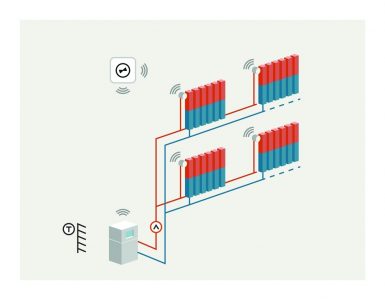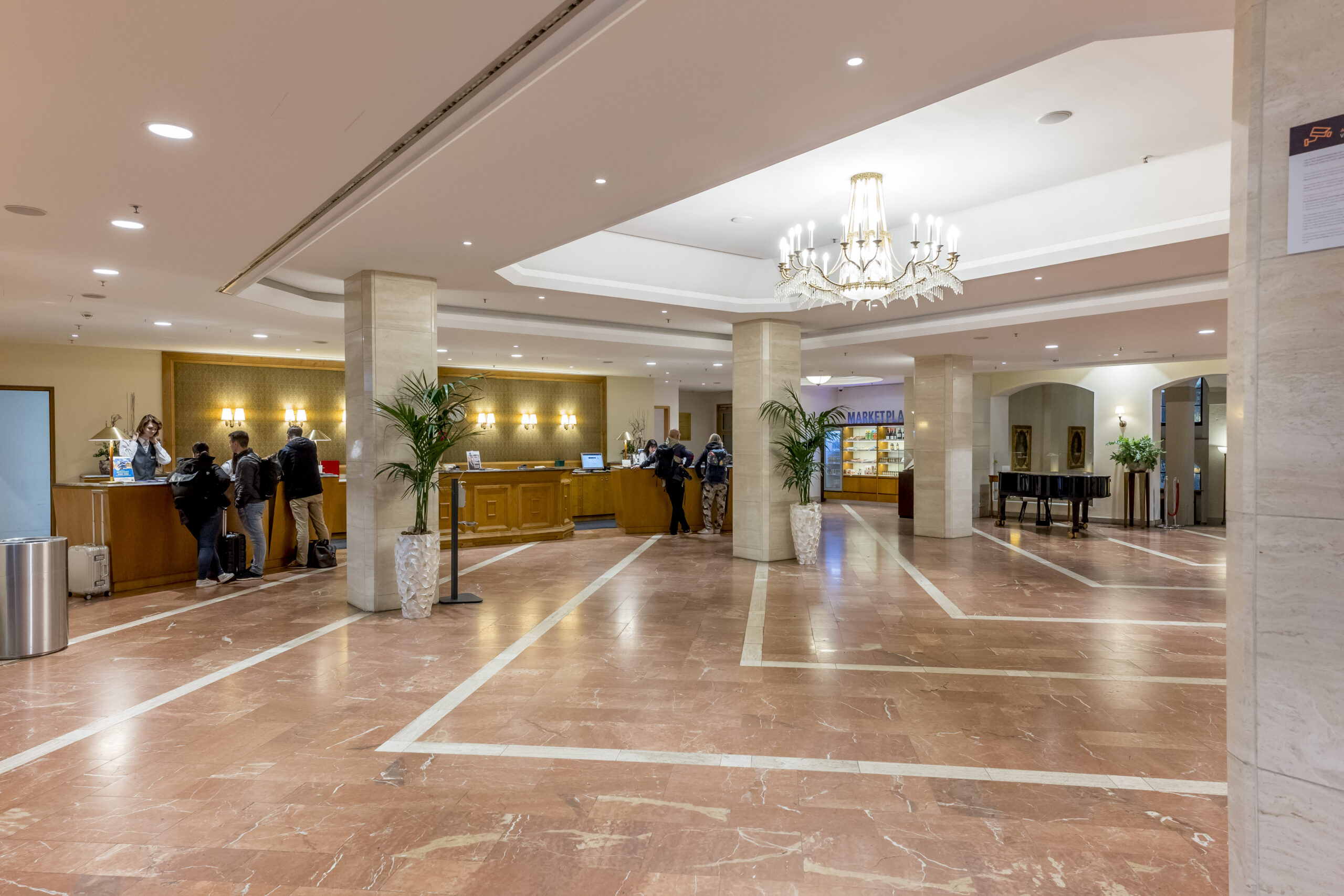Intelligent system control for higher energy efficiency
Issue 01-2015:
read all articles online
read as pdf
The efficiency of individual devices has been driven to the limits of optimum efficiency in recent years. Energy-efficient LED lamps and condensing boilers are the best examples. Despite all this, how can we further improve building systems?
At first glance, the solution seems to be as easy as it is logical. If the efficiency of individual devices cannot be significantly improved, the interaction between all devices must be coordinated more effectively. Enormous energy savings potential currently lies dormant in intelligent system control, which can also be implemented for the first time in private homes, thanks to cross-vendor home automation solutions such as wibutler.
Temperatur according to actual demands
One example is the demand-driven adaptation of inlet temperature. Up to now, the heating water temperature has usually been determined based on the current outdoor temperature, without taking the heat demand of the building and its occupants into account. The heating characteristic, which reflects the ratio between outdoor temperature and heating water temperature, is usually either not set at all or set to the wrong value. As a result, the heat generation is not adjusted to the home occupants or their behavior, the specific building or the different system components.

Functional diagram of the flow temperature control according to demand using wibutler.
Intelligent interaction between disciplines
Although a great many intelligent components, such as self-sufficient actuators, are now available, the implementation of intelligent system controls has been made difficult by isolated solutions. Interdisciplinary and cross-vendor solutions now also offer the ability to integrate complex components of different manufacturers and disciplines and optimally adapt the interaction between a wide range of devices to the behavior of the building’s occupants.
Control strategies improve efficiency
wibutler makes it possible to implement individual room controls and to take into account influences such as the weather or the occupants’ daily routines without the home’s residents being aware of it. The actuators determine the demand in the individual rooms, while the wibutler Home Server evaluates the data and automatically turns the heat up if the inlet temperature is too low or turns it down if the inlet temperature is too high. If the intelligent system control is applied to additional home disciplines, such as shading or lighting, the enormous savings potential offered by this kind of cross-vendor and interdisciplinary solution becomes clear. In the future, the easy implementation of control strategies with the aid of integrated intelligent systems will determine the efficiency of building systems.
wibutler at ISH: Hall 10.3 B69, Hall 9.1 S06, Hall 8 B49, Hall 9.1 B49, Hall 9.1 B/C/D 46
New articles in Smart Building
Top articles





